The Blackout Challenge
What started as a viral tiktok trend, ended up taking the lives of many

Tiktok has been a convenient platform for users who seek to create content that features some sort of challenge or game which many other users participate in by taking videos of themselves while performing it and sharing it among their friends. Some of these games or challenges were actually fun and entertaining, but no surprise that others were life-threatening. Blackout challenge is one of challenges that aroused fear among many parents of teenager TikTok users, after many of them were harmed or even left dead after performing it. Blackout challenge is also referred as choking or pass-out challenge. The idea of the challenge is to test one’s capability to hold his/her breath for a long time as possible without passing out. In Egypt, with many school students participating in the challenge, parents became more concerned about the safety of their children. In an attempt to counter this trend in Egypt, many people used social media platforms to raise awareness about the risk which this challenge poses.
Interview with Dr Bassant Mourad, Lecturer at the Faculty of Mass Communication in Cairo University and the mother of one of the "Blackout Challenge" victims
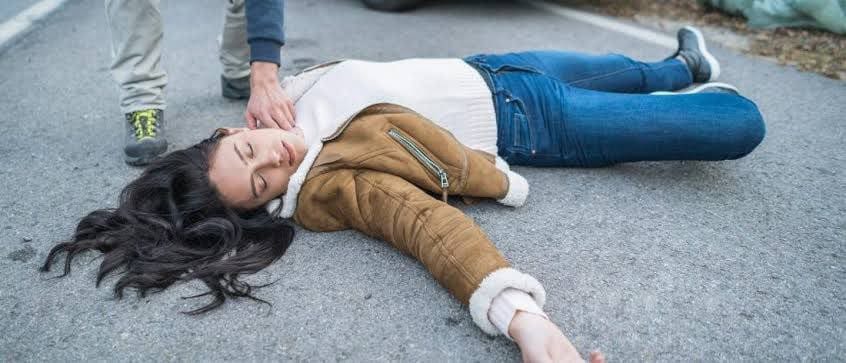
Is this challenge really dangerous?
Firstly, let’s explain how our human body is working and how this challenge is working, and what can it do to our bodies.
We have two important organs in our bodies: the heart and the lungs. These two organs are responsible for supplying our bodies with energy to keep doing their vital operations.
The heart pumps 5 liters of blood to all body organs in each pump, this blood goes first to our lungs and during the process of inhalation, the oxygen molecules enter the respiratory system and get loaded on the blood that comes from the heart.
So we can imagine that blood is like buses and the oxygen molecules are like people riding these buses, and these buses come out from the lungs and circulate over all the body organs to give them oxygen because oxygen is very important in making energy sources that our organs, including the brain, need in order to function properly.
So we can also imagine that oxygen is like fuel and our body organs are like vehicles thus those organs need oxygen to start working.
In doing so, let’s get back to our blackout challenge trend.
The first step in this challenge is that the person sits in a squat position, this position works on bending the veins in the legs which will prevent the return of the blood from the limbs to the heart. That means that if the normal heart pump pumps 5 liters of blood, then after this squatting position the heart will pump a lesser amount of blood. So the second heart pump maybe will pump 4.5 liters, the third pump will be 4.23 liters, the fourth pump will be 4 liters, and so on.
The second step is that the person only exhales carbon dioxide and stops inhaling oxygen. That means that the blood and the oxygen will decrease in the body and all the body organs will receive little blood and oxygen and they won’t function properly.
Finally, the last step of this challenge is that the main person’s friend will push hard on the person’s neck to prevent flowing of blood from the arteries of the neck to the brain and, since our brain is the main organ that keeps us alive and in a state of consciousness that will cause fainting.
The serious problem of this trend is that if the brain only remained one minute without receiving blood loaded with oxygen, the nerve cells in the brain will start dying and if this lasted for more than 3 minutes; the deficiency that will happen in the brain will be permanent and can’t be healed and if this lasted for 5 minutes, the person may die.
In the end, based on all that we’ve said above, this trend is very dangerous and risky, and if the person didn’t wake up at the right time that may lead to his\her death.
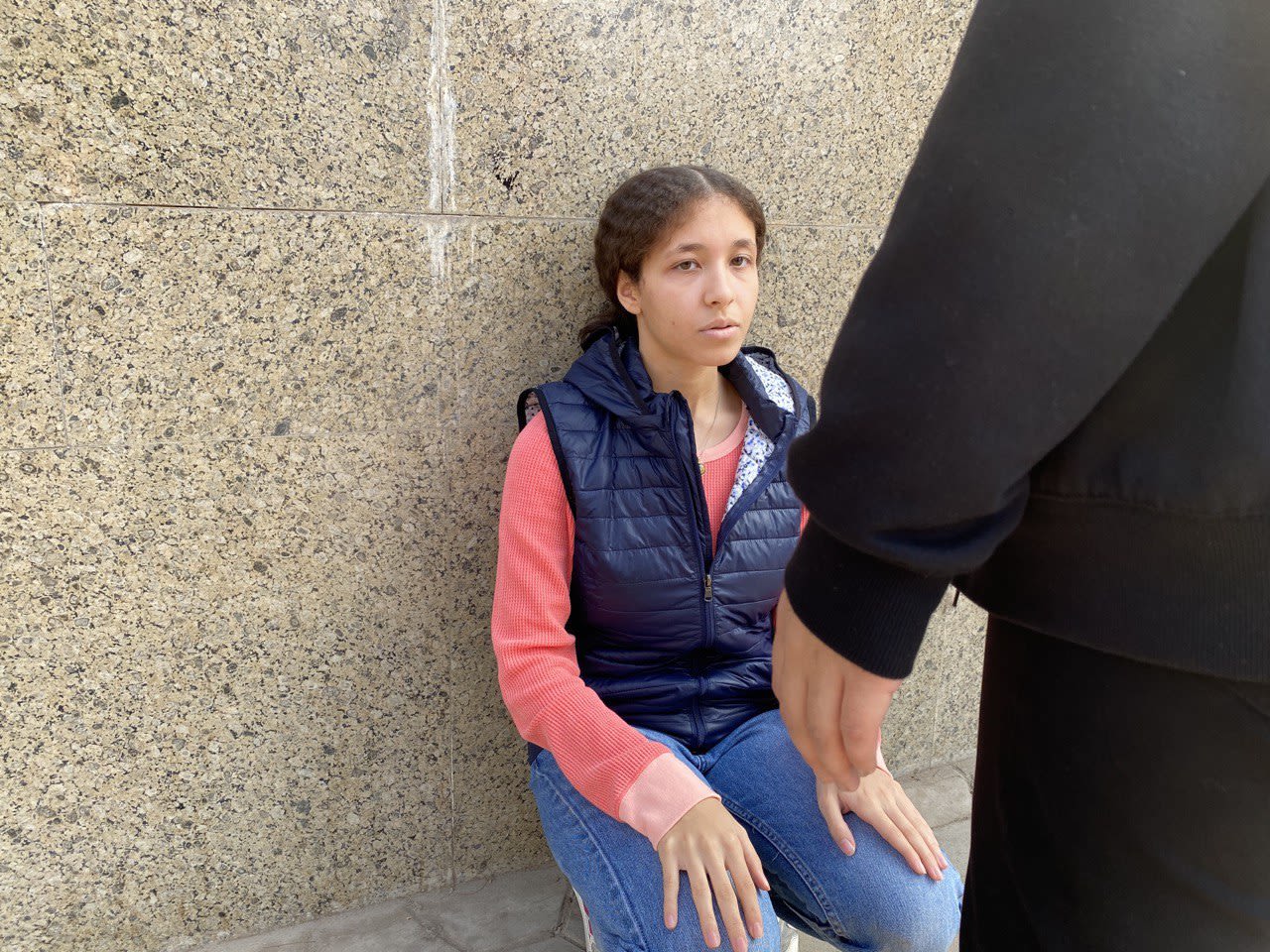
Two girls performing the Blackout challenge. This is a controlled illustration of how the challenge is performed.
Two girls performing the Blackout challenge. This is a controlled illustration of how the challenge is performed.
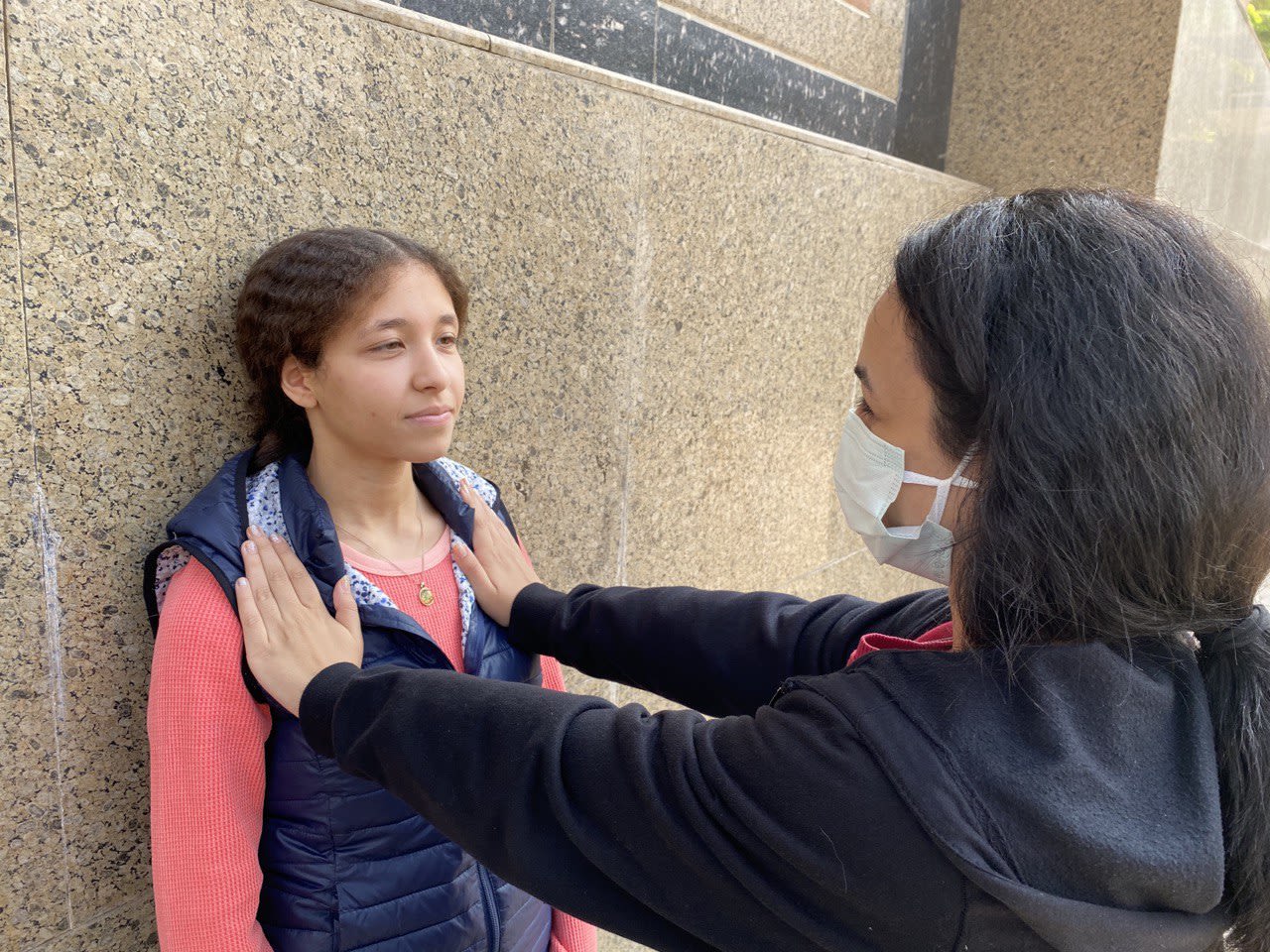
Two girls performing the Blackout challenge. This is a controlled illustration of how the challenge is performed.
Two girls performing the Blackout challenge. This is a controlled illustration of how the challenge is performed.
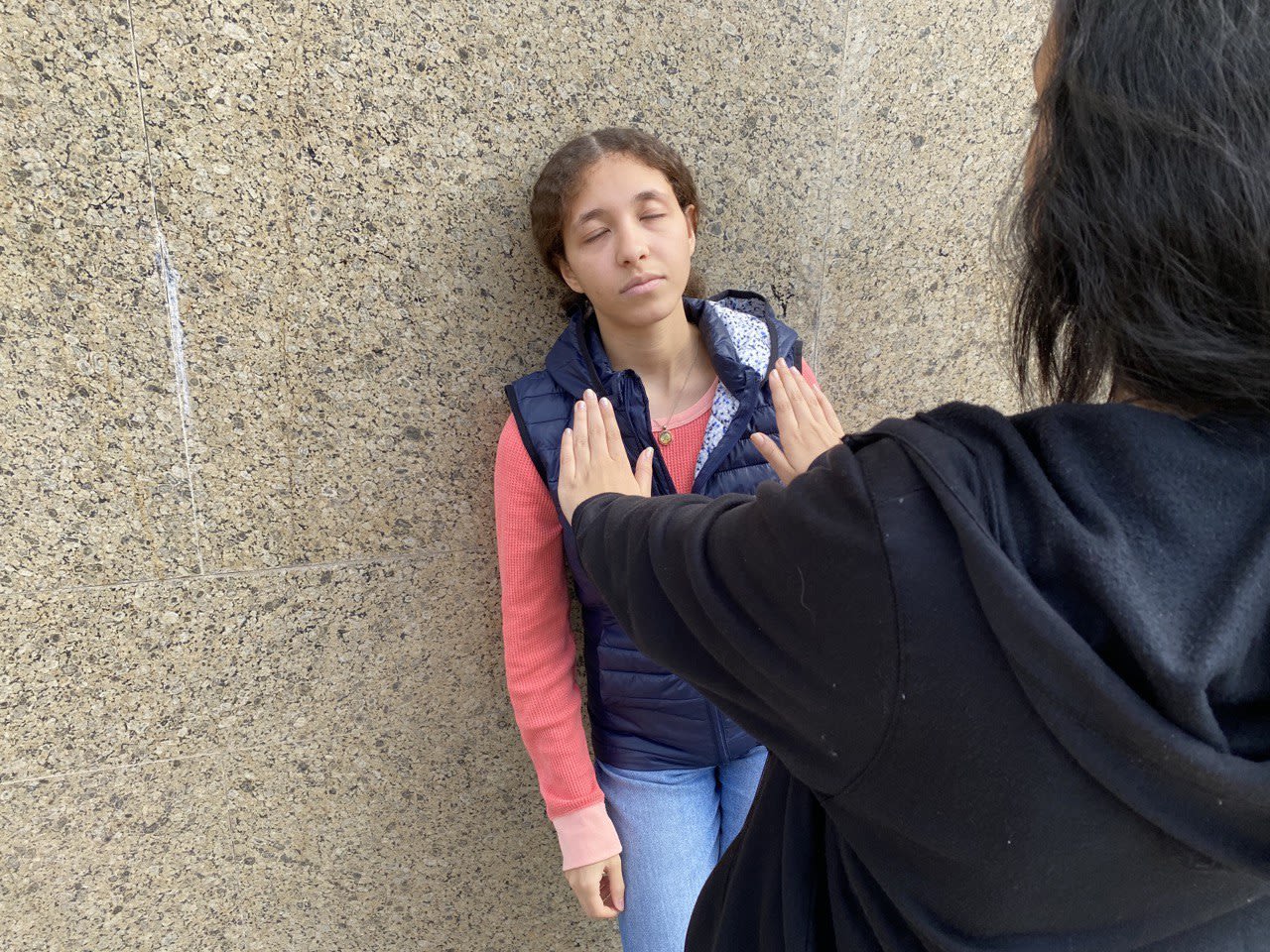
Two girls performing the Blackout challenge. This is a controlled illustration of how the challenge is performed.
Two girls performing the Blackout challenge. This is a controlled illustration of how the challenge is performed.
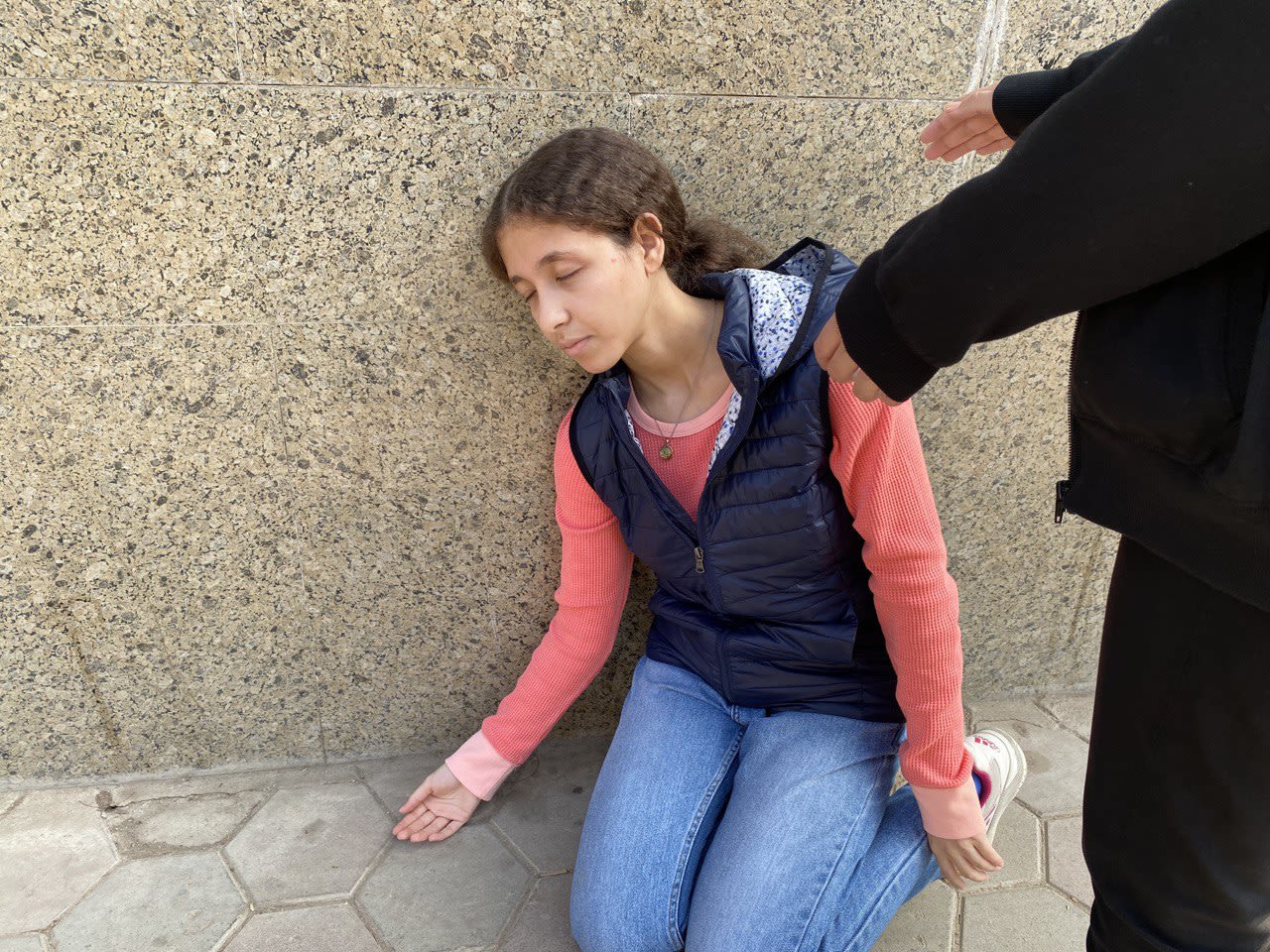
Two girls performing the Blackout challenge. This is a controlled illustration of how the challenge is performed.
Two girls performing the Blackout challenge. This is a controlled illustration of how the challenge is performed.
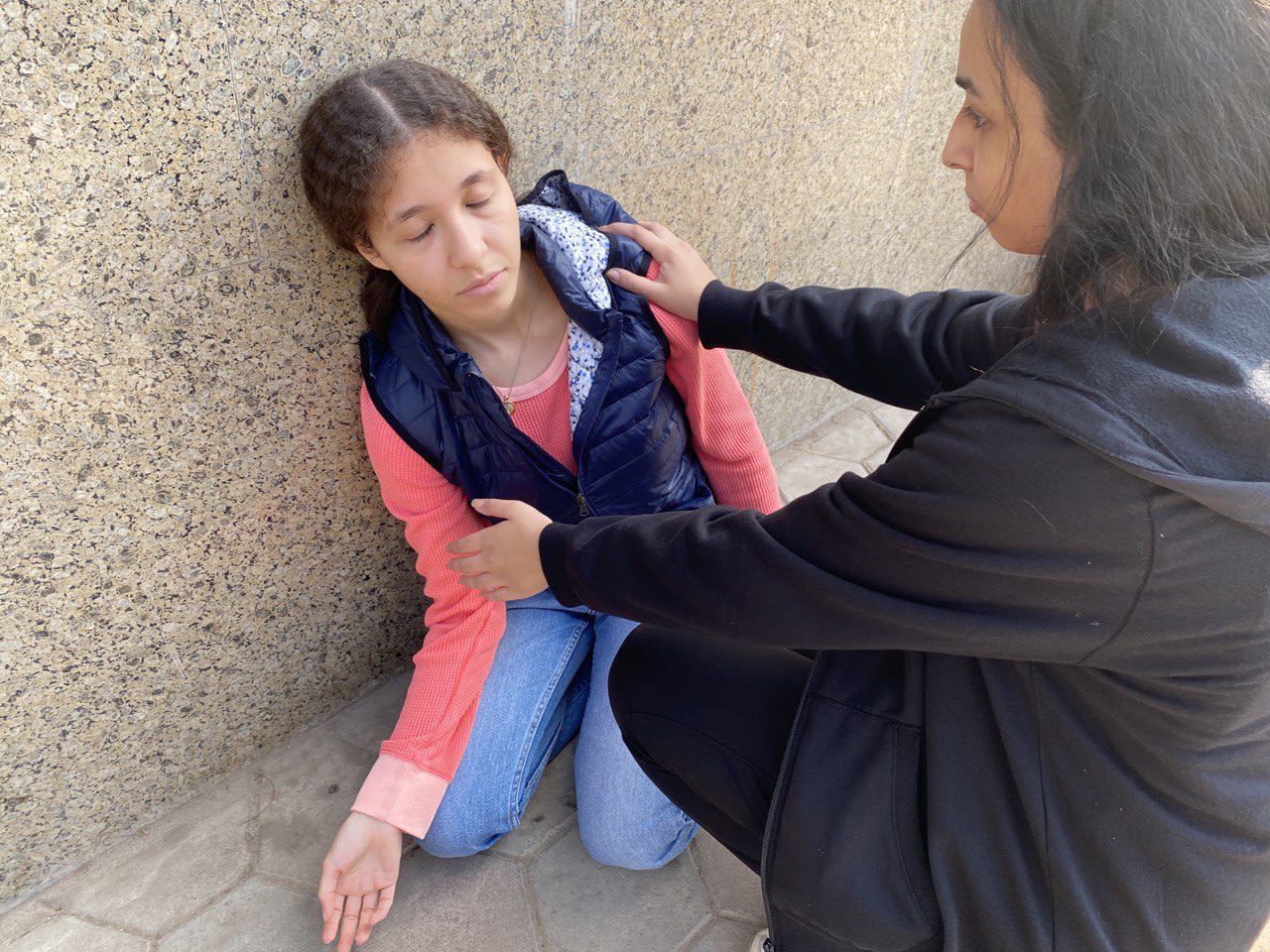
Two girls performing the Blackout challenge. This is a controlled illustration of how the challenge is performed.
Two girls performing the Blackout challenge. This is a controlled illustration of how the challenge is performed.
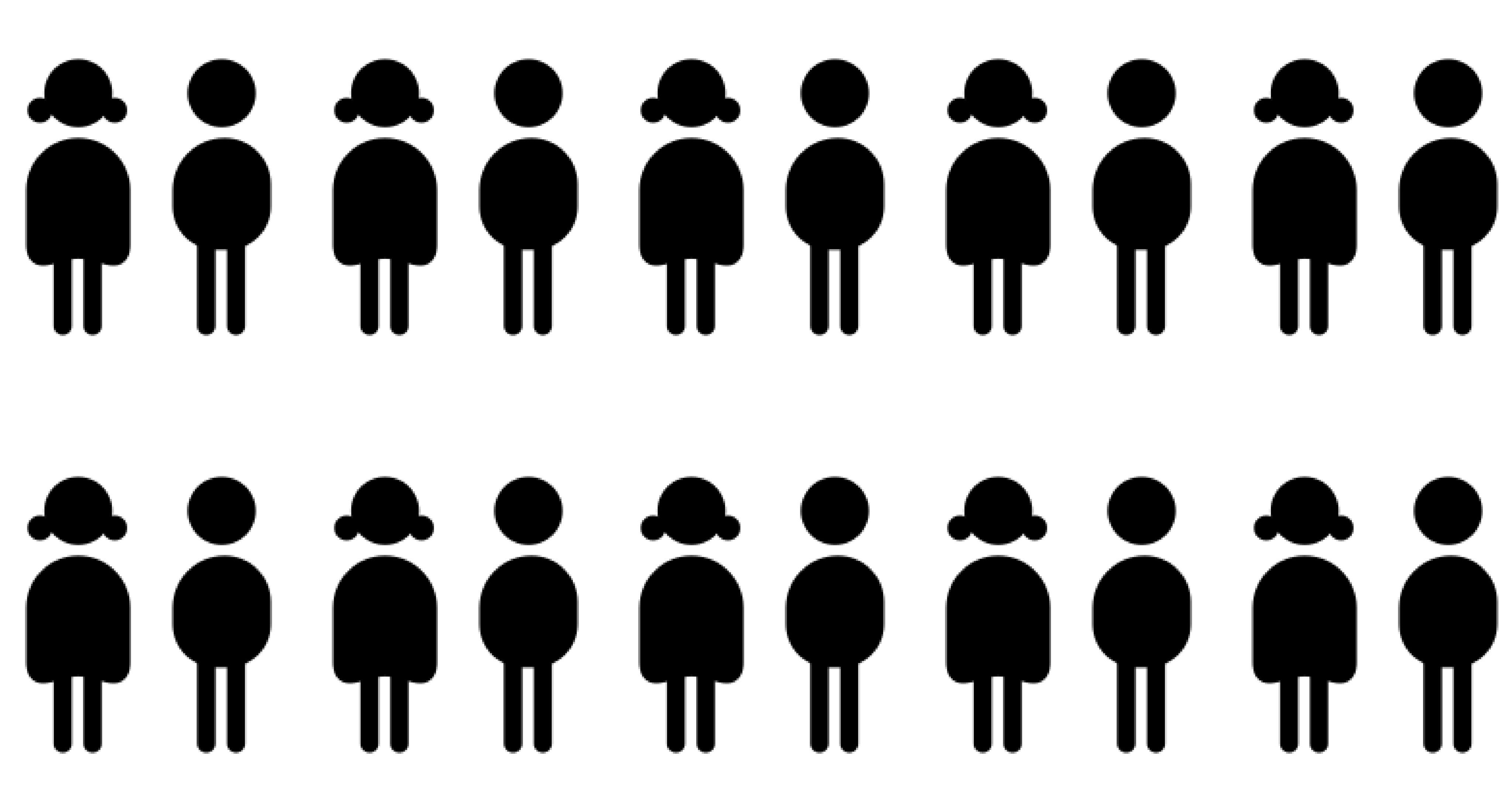
The fatal blackout Challenge On TikTok has reportedly been linked to the death of at least 20 children in the past 18 months
At least 15% of those children, who died while filming the challenge, were aged 12 or younger
five of the victims were aged 13 or 14
We had to interview a doctor to know more about this challenge and its dangers.
So we interviewed Dr. Reham Mokhtar, Consultant physiotherapist at Al-Matareya educational Hospital, deputy head of the physiotherapy department at Al-Matareya Hospital, head of the physiotherapy department at the Ahmed Orabi Association, a lecturer in educational hospitals and at the Chinese University

If a person actually did this challenge and fainted, what should be done?
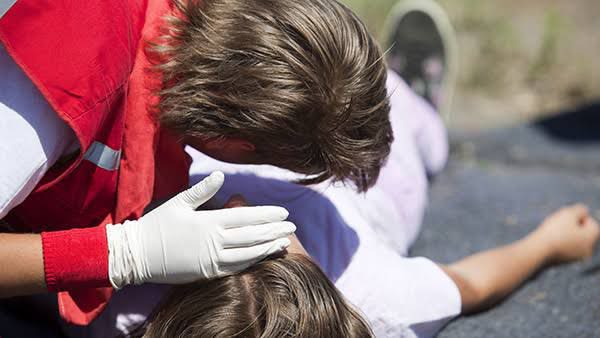
So it is obvious that the main reason for the spreading of these dangerous trends is the social media, but are there any possible solutions to overcome their negative effects?

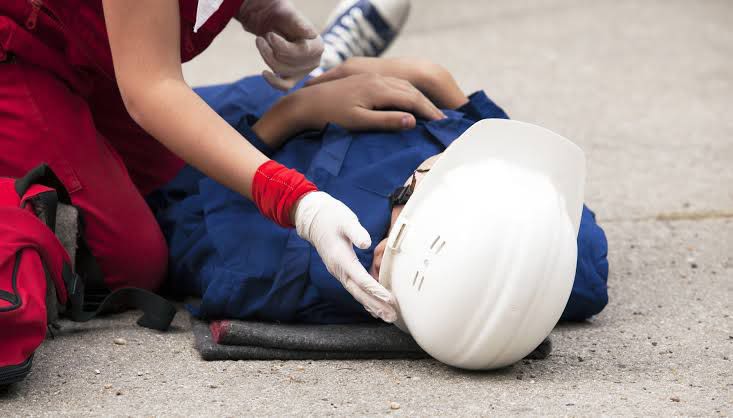
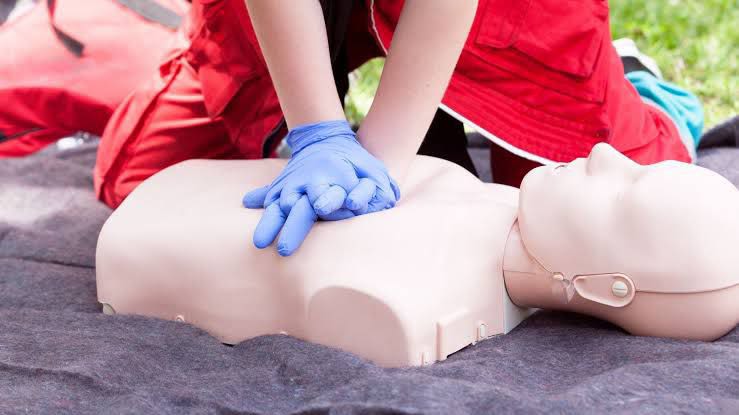
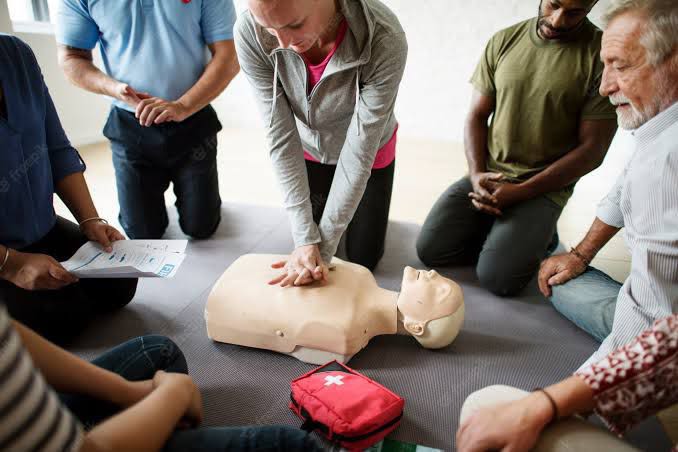
And as you can see, we may need the first aid steps for fainting so that we can help as fast as possible if we see someone who has lost consciousness.
The first thing to do is to make sure that there is nothing around the unconsciousness person that may be sharp or can hurt you or that person in any way like rocks or broken glass, second step is to make the person lay on his back and make sure the legs are straightened, then get down on your knees on the person’s right side while him still being in the same position and there are two ways that you can try using so that he regains consciousness, the first thing is to hit on his shoulder while calling his name and if that does not work out the second thing you can try is pinching his earlobe.
In case these two ways did not work then you will have to check whether the person’s pulse and breathing are fine or not, you can check the pulse by putting two fingers underneath the jaw right next to the thyroid gland and this helps you feel the pulse and as for the breathing you can check by using both of your hands by putting one on the person’s forehead and one on his chin and then tilt it backwards and after that put your cheek above the person’s mouth if he’s breathing normally you will feel the air coming out of his mouth hitting your cheek, you can also stay in that same exact position and look at the patient’s chest and abdomen and whether they rise when the patient inhales and fall when the patient exhales.
If it turns out that you do not feel the pulse and the patient is not breathing normally, you will have to do CPR. Then we raise the patient’s legs in an oblique position for two minutes and this position helps a huge amount of blood to go back to the heart and therefore it will pump a huge amount of oxygenated blood to the brain and the patient should then regain consciousness and if this does not work you will have to call an ambulance while keeping the patient in the recovery position which is, going down on your knees on the right side of the patient and then putting the hand nearer to you which is the right one in a 90 degree angle and afterwards move to the other hand and put the back of it on his right cheek then bend his left leg and put your hand on the hand that is on his cheek to make sure it stays right where it is while you pull the bent left leg towards you so that the patient lays on his side and then you should tilt his chin backwards to open his airway and remove the left leg from above the right leg and make them separated so that the body is relaxed, this position helps the person breathe and if there is any secretion it helps it to come out through the mouth.
"The problem is that teachers and parents may not know that there's a challenge that may take one's life" -Dr Bassant Mourad
Anything under the title of challenge became very attractive to teenagers" -Dr Bassant Mourad
"It's TREND, and everyone must follow the TREND" -Dr. Reham Mokhtar
"Censorship is a must from parents, as long as tiktok isn't taking the suitable precautious we as parents must be familiar and start using tiktok in order to warn our children from these dangers" -Dr Bassant Mourad
MedToday team:
Rahma Hany Maged Marwan 20060292: Put the data on shorthand and created the scrollytelling multimedia story
Rawan Ahmed Afify 20061063: Interviewed Dr. Reham & got the quotes
Andy Raafat Samir 20060097: wrote the "first aid for passing out" section and was photographed in the picture sequence (the person performing the challenge)
Habiba Ehab Elhadidy 20060219: brought the stock images and uploaded the interview of “Dr Bassant Mourad” to the SoundCloud
Habiba Hesham Mohamed 20060211: Wrote the "explaining how the challenge works and how our body works" section
Jolie Antoine Attallah 20060205: Interviewed Dr Bassant and recorded it, then edited the audio with the most important parts
Heba Tallah Adel Abdelaziz Mohammed 20060946: Wrote the introductory section and was photographed in the picture sequence (the victim) and searched Google Keyword planner to add to the title
Perihan Khaled Ahmed Sherif 20061091: Edited the video interview (and uploaded it to shorthand) and got the hyperlinks
Verina Amir Aziz 20060591: Infographs
Farah Tarek 20060568: Took photos for the sequence of the challenge
